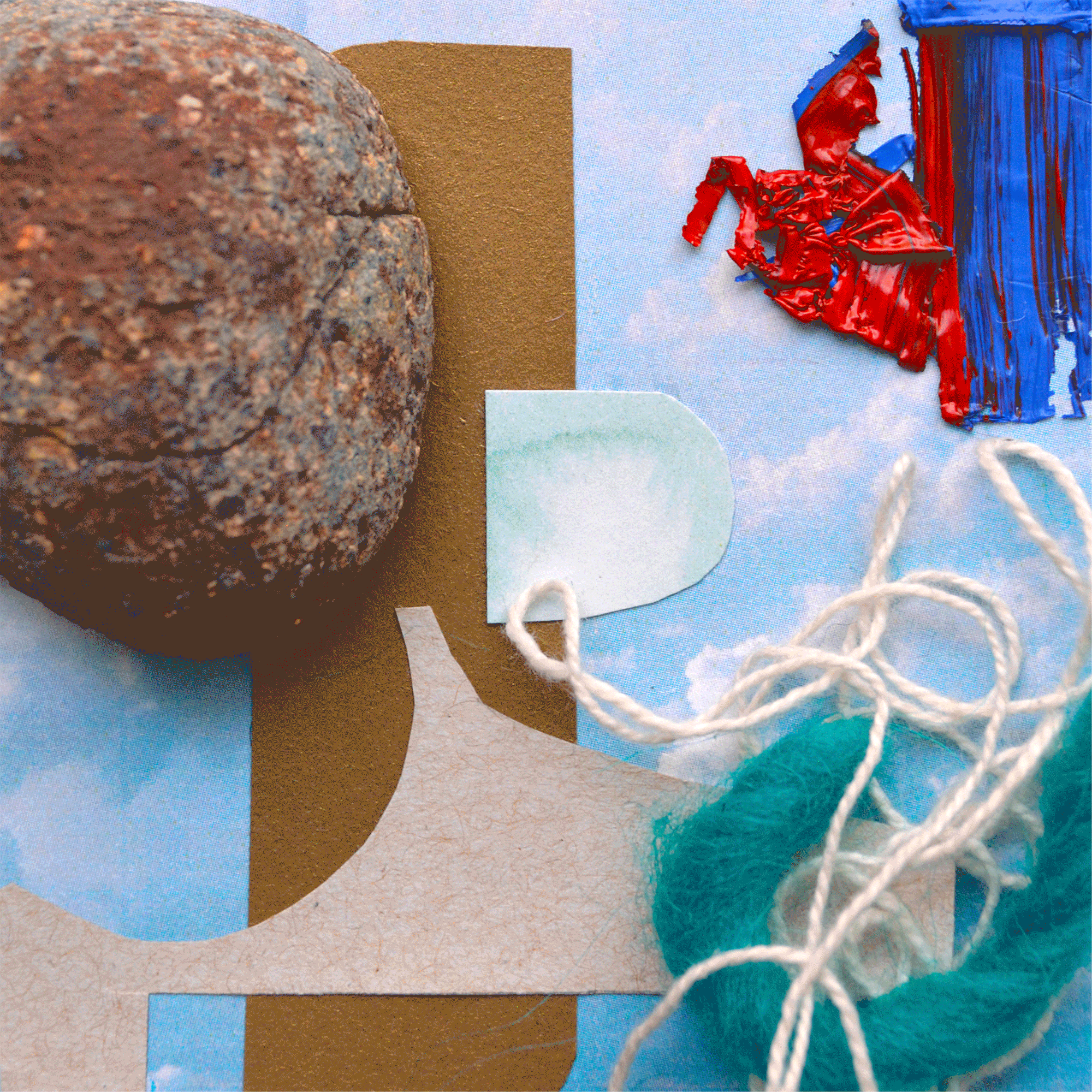Jack Smith was a visionary American filmmaker, photographer and avant-garde performance artist. Smith was able to get his co-travelers to believe in the transformative dimensions of his singular art events, adopting lowly, discarded film materials, in other words trash, marginal people and seemingly marginal subjects, to provide the grounds for transmogrification, with almost incredible results. Smith’s life and work demonstrate that a condition of absolute lack is not necessarily to be equated with inadequacy. An ostensibly deprived state can in fact be inspiring occasion to reconsider the meaning of art, the role of the artist and artistic valuation.
- November 2024
- September 2024
- August 2024
- July 2024
- May 2024
- January 2024
- December 2023
- November 2023
- June 2023
- May 2023
- September 2022
- August 2022
- May 2022
- April 2022
- October 2021
- June 2021
- May 2021
- March 2021
- February 2021
- December 2020
- September 2020
- August 2020
- July 2020
- June 2020
- January 2020
- December 2019
- October 2019
- September 2019
- August 2019
- July 2019















